Playing darts is a fun and engaging activity, but it’s crucial to prioritize safety to avoid injuries. This article will cover common darts accidents prevention, equipping you with the knowledge to create a safer environment for yourself and others. You’ll learn about proper setup, throwing techniques, essential safety rules, and how to handle accidents should they occur.
⚠️ Still Using Pen & Paper (Of een schoolbord)?! ⚠️
Stap in de toekomst! De Dart Teller -app behandelt alle scoren, stelt kassa voor, en volgt uw statistieken automatisch. It's easier than you think!
Probeer de Smart Dart Teller -app gratis!Klaar voor een upgrade? Klik hierboven!
Essential Dartboard Setup for Safety
The foundation of common darts accidents prevention lies in a proper and secure dartboard setup. A wobbly or poorly positioned dartboard significantly increases the risk of stray darts and potential injuries. Here’s a breakdown of key considerations:
- Height: The official height for the center of the bullseye is 5 feet 8 inches (1.73 meters) from the floor. Accuracy is key to avoid glancing shots that can fly off in unexpected directions.
- Distance: The official throwing distance (oche) is 7 feet 9 1/4 inches (2.37 meters) from the face of the dartboard. Maintaining this distance helps ensure a consistent throwing motion and reduces the likelihood of throwing too hard or too softly.
- Mounting: Use a secure mounting bracket specifically designed for dartboards. Ensure it’s firmly attached to the wall, preferably into a stud for added stability. Regularly check the mounting to ensure it hasn’t loosened over time.
- Backboard: Invest in a backboard made of cork, wood, or another protective material. This will protect the wall behind the dartboard from stray darts and reduce the risk of damage. A larger backboard offers better coverage.
- Verlichting: Adequate lighting is crucial for clear visibility. Poor lighting can lead to misthrows and accidents. Use a dedicated dartboard lighting system or ensure sufficient ambient light in the playing area.
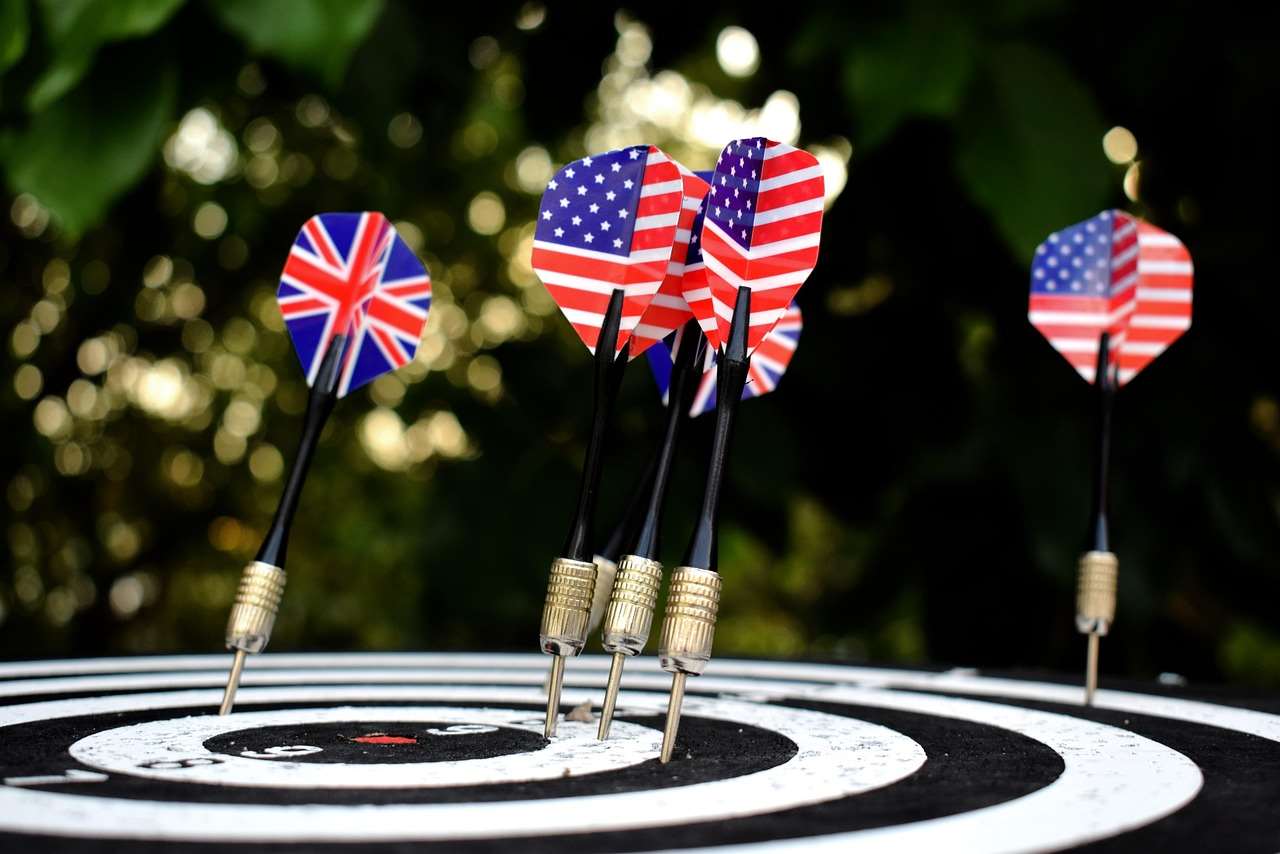
Consider the surrounding environment when setting up your dartboard. Ensure there are no fragile objects or high-traffic areas in the immediate vicinity. A clear and uncluttered playing area minimizes the risk of accidental bumps or distractions.
Safe Throwing Techniques and Stance
Your throwing technique directly impacts the accuracy and safety of your darts. Developing a consistent and controlled throwing motion is essential for common darts accidents prevention. Here are some tips for safer throwing:
- Stance: Maintain a stable and balanced stance. Most players stand with one foot forward, pointing towards the dartboard. Experiment to find the stance that feels most comfortable and provides the best balance. A solid stance helps prevent swaying and loss of control.
- Grip: Grip the dart firmly but not too tightly. A tense grip can lead to erratic throws. Experiment with different grip styles to find one that feels natural and allows for consistent release.
- Arm Motion: Use a smooth and controlled arm motion. Avoid jerky or sudden movements. Focus on bringing your arm back and releasing the dart at the same point in each throw.
- Follow-Through: Follow through with your arm motion after releasing the dart. This helps maintain accuracy and consistency.
- Focus: Concentrate on the target before throwing. Clear your mind of distractions and visualize the dart hitting the desired spot.
Remember to practice regularly to improve your technique and consistency. The more controlled your throwing motion, the lower the risk of accidents.
Essential Safety Rules for Darts Players
Establishing and enforcing clear safety rules is paramount for common darts accidents prevention. These rules should be clearly communicated to all players and strictly adhered to during gameplay. Consider these guidelines:
- No Throwing When Others are Present: Never throw darts when someone is standing in front of the dartboard or within the throwing range. Wait until the area is clear before throwing.
- One Thrower at a Time: Only one player should throw at a time. This prevents accidental collisions and ensures everyone’s safety.
- Proper Footwear: Wear appropriate footwear, such as closed-toe shoes. Avoid throwing darts in bare feet or sandals, as this increases the risk of foot injuries.
- No Distractions: Minimize distractions in the playing area. Turn off the television, put away mobile phones, and avoid engaging in conversations while throwing. Distractions can lead to misthrows and accidents.
- Dart Condition: Regularly inspect your darts for any damage, such as loose flights or bent points. Damaged darts are more likely to bounce out of the board and cause injuries.
- Respect the Game: Take the game seriously and avoid horseplay or reckless behavior. Darts can be dangerous if not handled responsibly. You might consider Darts -regels aanpassen voor beginners as a means to introduce the game safely to new players.
Ensure children are supervised at all times when playing darts. Consider using soft-tip darts or other safety measures to reduce the risk of injury.
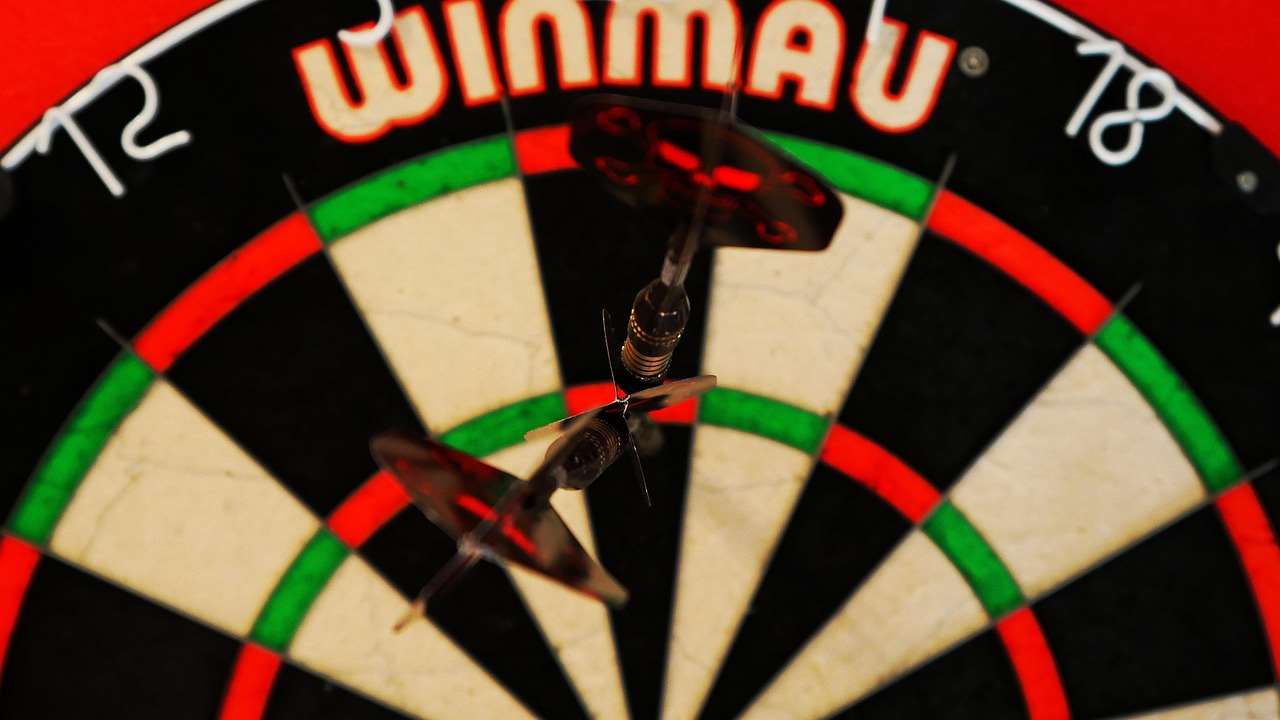
Educating New Players on Darts Safety
It’s essential to educate new players on the importance of safety before they start playing darts. Explain the rules and potential hazards, and emphasize the need for responsible behavior. Show them Basis Darts Fundamentals voor beginners, including safe throwing techniques and stance. A good example is the simplified 501 game rules for novice players; this can help new players focus on the rules as well as safety.
Handling Darts Accidents and First Aid
Despite taking precautions, accidents can still happen. Knowing how to respond to darts-related injuries is crucial for minimizing potential harm. Proper first aid is an important component of common darts accidents prevention, even after the fact.
- Puncture Wounds: If someone is struck by a dart, immediately remove the dart and clean the wound thoroughly with soap and water. Apply antiseptic and cover with a sterile bandage. Seek medical attention if the wound is deep, bleeding excessively, or shows signs of infection.
- Eye Injuries: If a dart strikes someone in the eye, do not attempt to remove the dart. Cover the eye with a sterile pad and seek immediate medical attention. Eye injuries can be serious and require professional treatment.
- Bleeding: Apply direct pressure to any bleeding wounds using a clean cloth. Elevate the injured limb if possible. If the bleeding is severe or does not stop after 15 minutes of direct pressure, seek medical attention.
- First Aid Kit: Keep a well-stocked first aid kit readily available in the playing area. Include items such as antiseptic wipes, bandages, gauze pads, medical tape, and pain relievers.
It’s also important to document any accidents that occur, including the date, time, location, and nature of the injury. This information can be helpful for identifying potential safety hazards and preventing future accidents. Also consider Alternatieve Darts -regels voor thuisspel to reduce the risk of injuries in more casual settings.
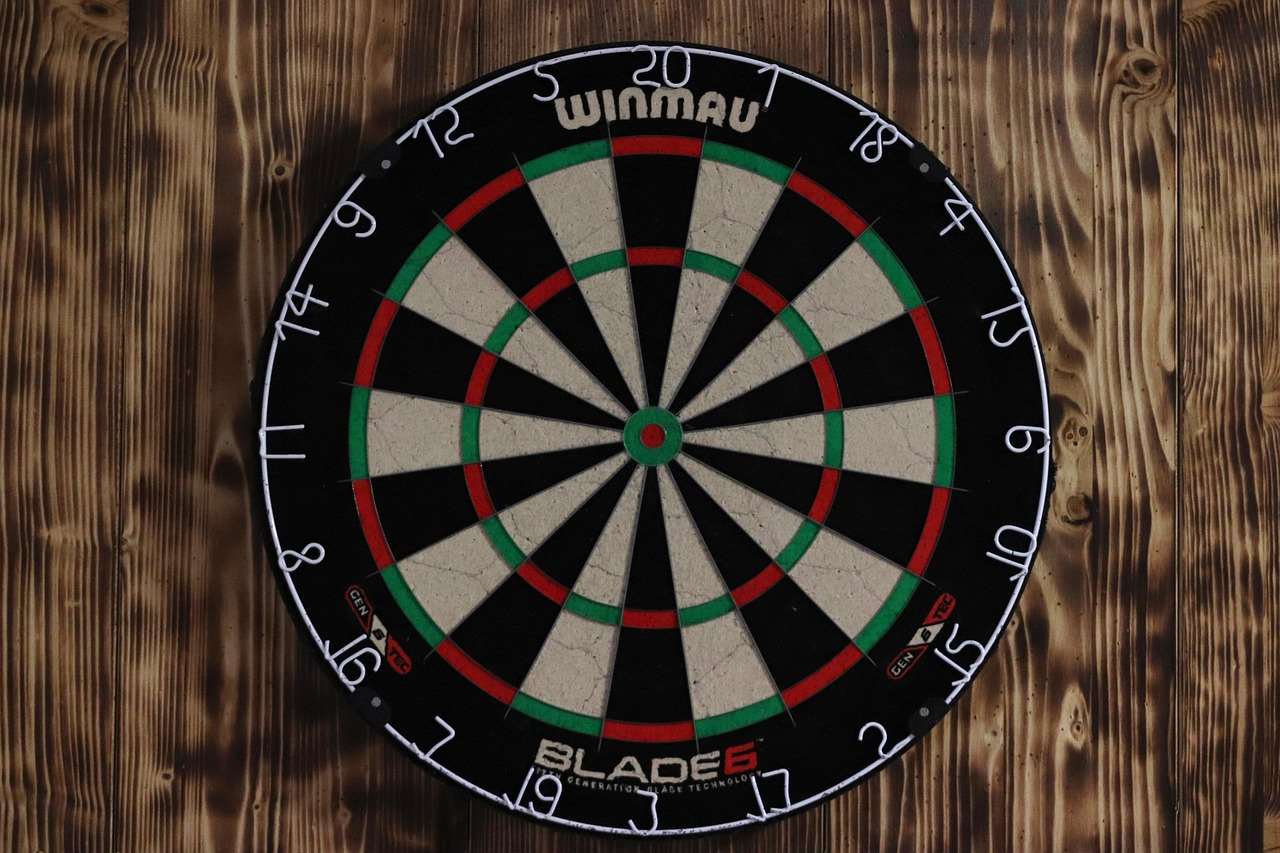
Choosing the Right Darts for Safety
The type of darts you use can also impact safety. While steel-tip darts are the standard for professional play, soft-tip darts are a safer option for beginners and children. Understanding the equipment is vital for common darts accidents prevention.
- Soft-Tip Darts: Soft-tip darts have plastic tips instead of sharp steel points. This significantly reduces the risk of puncture wounds and other injuries. They are ideal for casual play and for use in homes with children.
- Dart Weight: Choose a dart weight that is appropriate for your skill level and strength. Lighter darts are easier to control and less likely to bounce out of the board.
- Dart Material: Darts are typically made of brass, nickel silver, or tungsten. Tungsten darts are more dense and allow for a slimmer barrel, which can improve grouping and accuracy.
- Dart Flights: Use durable dart flights that are properly attached to the dart. Loose or damaged flights can affect the dart’s trajectory and increase the risk of misthrows.
Proper dart maintenance is also important. Regularly check your darts for any damage and replace any worn or broken parts.
Maintaining a Safe Darts Playing Environment
Creating a safe playing environment is an ongoing process. Regularly inspect the dartboard, surrounding area, and equipment for potential hazards. Proactive maintenance is a cornerstone of common darts accidents prevention.
- Dartboardconditie: Check the dartboard regularly for wear and tear. Replace the dartboard if it becomes excessively worn or damaged. A worn dartboard is more likely to cause darts to bounce out, increasing the risk of injury.
- Verlichting: Ensure adequate lighting in the playing area. Poor lighting can lead to misthrows and accidents. Consider using a dedicated dartboard lighting system or installing brighter lights.
- Floor Covering: Place a mat or carpet under the dartboard to protect the floor from stray darts and provide a more comfortable playing surface.
- Clearance: Maintain a clear and uncluttered playing area. Remove any obstacles that could potentially cause someone to trip or fall.
By taking these steps, you can create a safer and more enjoyable darts playing environment for everyone.
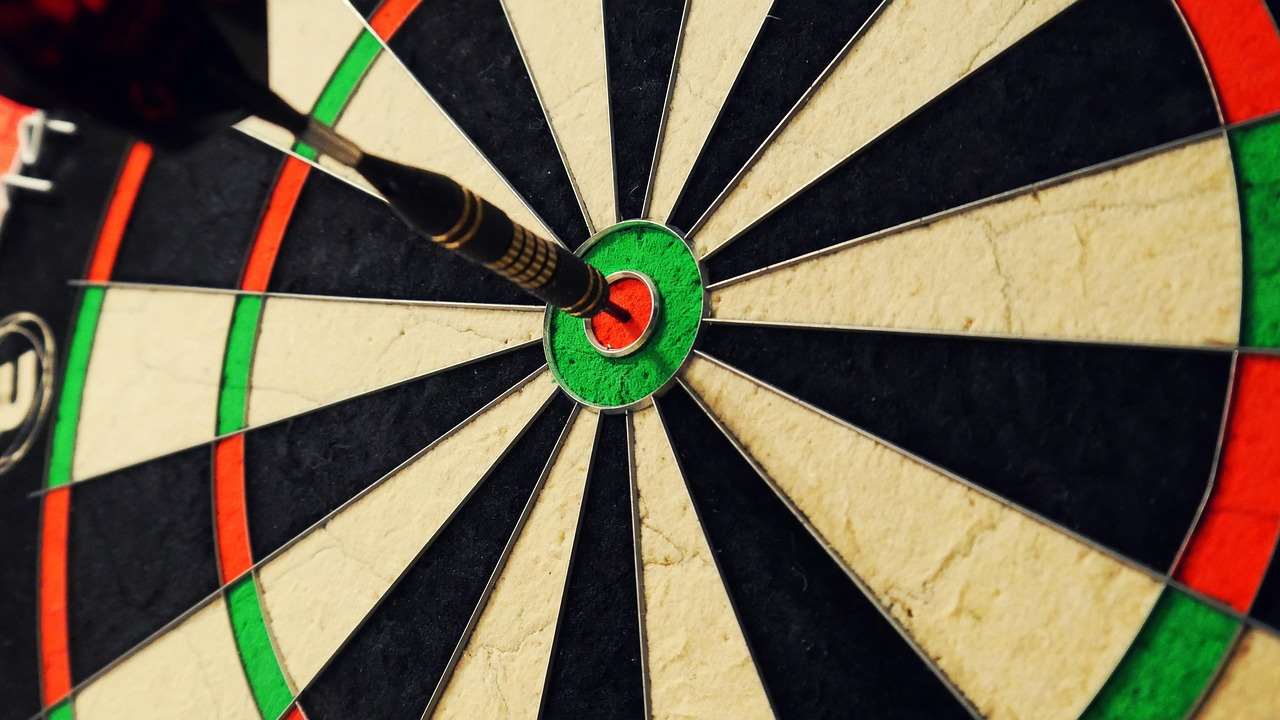
Addressing Common Misconceptions About Darts Safety
Several misconceptions exist about darts safety, which can lead to risky behavior. Addressing these misconceptions is vital for effective common darts accidents prevention. Here are some common myths and the truth behind them:
- Myth: Darts is a harmless game.
Truth: Darts can be dangerous if not played responsibly. Sharp darts can cause serious injuries, especially to the eyes. - Myth: It’s okay to throw darts when someone is nearby if you’re a good player.
Truth: Never throw darts when someone is in the throwing range, regardless of your skill level. Accidents can happen to anyone. - Myth: Soft-tip darts are completely safe.
Truth: While soft-tip darts are safer than steel-tip darts, they can still cause injuries if used improperly. - Myth: A backboard is unnecessary.
Truth: A backboard is essential for protecting the wall behind the dartboard and reducing the risk of damage from stray darts. It also helps to prevent darts from bouncing off the wall and causing injuries.
By debunking these myths and promoting accurate information, we can help to improve darts safety awareness and prevent accidents. And while you’re at it, verkennen fun dart game variations with modified rules can create a safer, more accessible environment for everyone.
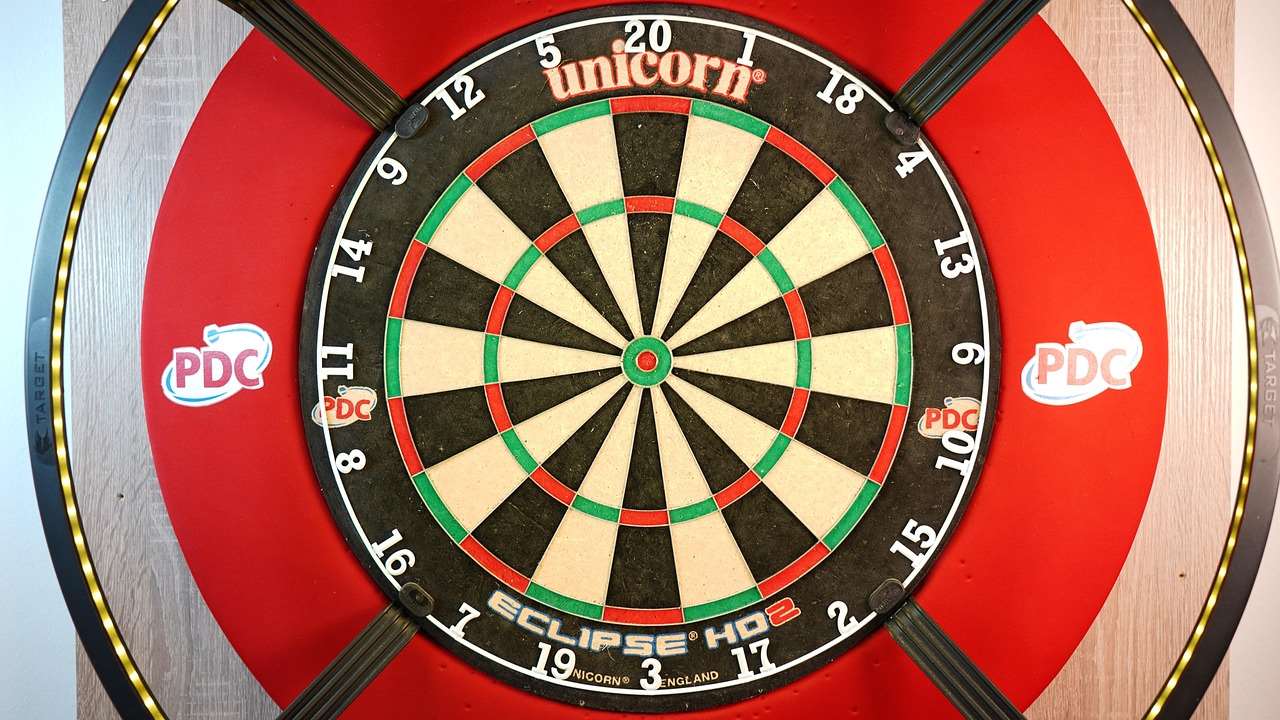
Common Darts Accidents Prevention: A Recap
Conclusie, common darts accidents prevention requires a multifaceted approach encompassing proper dartboard setup, safe throwing techniques, adherence to safety rules, and awareness of potential hazards. By implementing the strategies outlined in this article, you can significantly reduce the risk of injuries and create a safer environment for yourself and others. Remember to prioritize safety at all times, and encourage others to do the same. By staying informed and taking proactive measures, you can enjoy the game of darts while minimizing the risk of accidents. Don’t forget to review this guide before each play session and adapt the information to your specific environment and needs. Consider exploring options to make darts fairer with handicap rules so all players can participate safely.
Hoi, Ik ben Dieter, En ik heb Dartcounter gemaakt (Dartcounterapp.com). Mijn motivatie was geen darts -expert - helemaal tegenovergestelde! Toen ik voor het eerst begon te spelen, Ik hield van het spel, maar vond het moeilijk en afleidend om nauwkeurige scores te houden en statistieken te volgen.
Ik dacht dat ik niet de enige kon zijn die hiermee worstelde. Dus, Ik besloot om een oplossing te bouwen: een eenvoudig te gebruiken applicatie die iedereen, Ongeacht hun ervaringsniveau, zou kunnen gebruiken om moeiteloos te scoren.
Mijn doel voor Dartcounter was eenvoudig: Laat de app de nummers afhandelen - het scoren, de gemiddelden, de statistieken, Zelfs checkout suggesties - zodat spelers puur kunnen richten op hun worp en genieten van het spel. Het begon als een manier om het probleem van mijn eigen beginners op te lossen, En ik ben heel blij dat het is uitgegroeid tot een nuttig hulpmiddel voor de bredere darts -community.